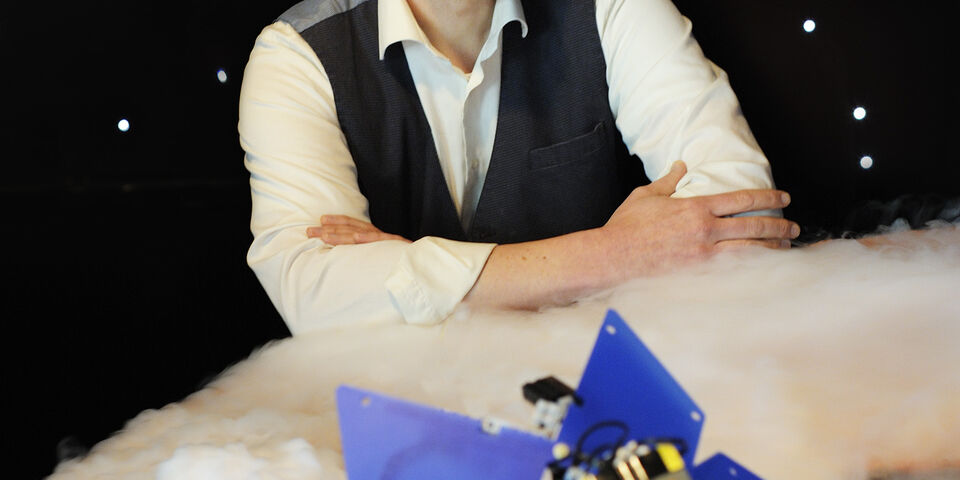Can robots survive on Mars?
Robotics is booming business. Robots are used more and more often: care robots clean the house, industry robots take care of dangerous tasks, and military robots go to war. The Dutch company Mars One announced a rather special robot mission this week: in 2023 they want to send people to Mars to found a permanent colony on the planet. They’ll be preceded by robots that will take care of things like accommodation, electricity and oxygen supply. Can robots adapt to the variable conditions on Mars, and what type of robot would be most suitable? Should TUlip be preparing for a fun trip?
“There are robots, and then there are robots”, says René van de Molengraft, associate professor at Control Systems Technology at the Department of Mechanical Engineering. He’s also technical director of robot soccer team TechUnited. “Some robots are programmed to repeat a single action, which makes for a very predictable situation. Such robots are widely used in industry to take care of all kinds of dirty and dangerous jobs that require accuracy - and with great success, too. In healthcare for example, situations vary, so you’ll need a robot that can anticipate. These robots need to be aware of their surroundings and be able to make decisions, and those are challenging technological problems. Although we are getting ever closer, the ideal care robot is still miles away. Situations on Mars will probably be quite unpredictable too. I’m pretty sure there won’t be an autonomous Mars robot in eleven years.”
“I can imagine living units being programmed to execute several actions themselves, according to a fixed step-by-step plan: searching for a suitable spot, positioning themselves, and then expanding their solar panels. They could be elaborate Mars rovers, in a way. All this might sound very simple, but it definitely requires a technological tour de force. You have to hypothesize like crazy, and then base your programming on that. If things don’t pan out as planned, you’re done. That’s the main weakness of this type of robot. On the other hand, shipping a humanoid robot like TUlip off to space is completely useless right now, and will be until it’s more advanced cognitively. Although we are currently working on reasoning schemes in order to determine the architecture behind certain skills, it’s a slow process.”
“It’s an ambitious project, having people on Mars within eleven years. Still, it’s good to set goals. At the start of the RoboCup, we said we’d be able to defeat human players by 2060. In the academic world, goals like those give direction; whether we’ll be the overall world champion in 2060 or in 2065 doesn’t really matter. It’s different for a commercial enterprise. It involves a lot of money, and it’s valuable because of the technological progress that can be made because of that alone. These projects shouldn’t be mocked. Having said that: people on Mars? I like a challenge like the next guy, but I’ll pass on the Mars pioneering.”


Discussion